Marine Aluminum Angles for Custom Marine Vessel Deck Parts
In the demanding maritime environment, the structural integrity and durability of vessel deck parts are paramount. Marine aluminum angles have emerged as a critical solution in the customization and reinforcement of these components, delivering an optimal balance of strength, corrosion resistance, and ease of fabrication.
What Are Marine Aluminum Angles?
Marine aluminum angles are L-shaped cross-sectional bars made from high-grade aluminum alloys designed for marine use. These angles serve as critical frameworks, braces, or fastening elements in the construction and retrofit of ship decks, superstructures, handrails, frames, and more.
Their "angle" shape uniquely allows them to enhance structural rigidity by providing two planes of support, crucial when dealing with the stresses and dynamic loads repeatedly encountered in maritime environments.
Functions and Applications in Custom Marine Vessel Deck Parts
Structural Support: Marine aluminum angles act as load-bearing structures around the deck perimeter, bulkheads, and other framing. Their configuration effectively distributes and transfers loads at right angles, reinforcing decks against bending and shear stresses.
Mounting and Fixings: Often used as anchor points, these angles facilitate the mounting of custom equipment, panels, ladders, and fittings. Their corrosion resistance ensures sustained durability in direct sea exposure.
Edge Protection & Detailing: Custom deck parts frequently require edge protection against abrasive impacts; angles serve as guards to prolong wear life.
Ease of Fabrication: Aluminum’s machinability allows custom cut, drilling, and welding, offering flexibility when tailoring deck parts for retrofits or new vessel builds.
Lightweight Performance: Compared with steel or other metals, aluminum angles reduce top-side weight, contributing to vessel stability and fuel efficiency.
Technical Specifications and Standards
To meet rigorous marine safety and durability requirements, marine aluminum angles comply with international standards such as ASTM B209 for aluminum sheet and plate materials and ASTM B221 for extruded aluminum profiles.
parameters for marine aluminum angles used in deck parts typically include:
| Parameter | Typical Values |
|---|---|
| Alloy Type | 5083-H112 or 6061-T6 Aluminium Is common |
| Cross-sectional Profiles | Standard L-packaged sizes (e.g., 25x25x3mm, up to 100x100x10mm) |
| Density | About 2.66 g/cm³ |
| Tensile Strength | 290 – 350 MPa (alloy and temper dependent) |
| Yield Strength | 145 – 290 MPa |
| Corrosion resistance | Excellent, especially for 5xxx series alloy |
| Road Temperature Range | Between -50°C to 80°C (plasticity temp range) |
Alloy Tempering and Mechanical Properties
Marine aluminum angles usually belong to two primary series:
5xxx Series (e.g., 5083-H112): Known for exceptional corrosion resistance, especially in saltwater, thanks to magnesium as the primary alloying element. The “H112” temper involves strain hardening without aging, providing moderate strength and good ductility — ideal for welded custom parts.
6xxx Series (e.g., 6061-T6): The 6061 alloy combines magnesium and silicon and exhibits good mechanical properties with the “T6” temper involving solution heat treatment followed by artificial aging. This results in higher strength but slightly reduced corrosion resistance compared to 5xxx. Because of excellent machinability, 6061-T6 is used in precision fabrication.
Mechanical property comparison for common states (per ASTM/AMS standards):
| Alloy-Temper | Tensile Strength (MPa) | Yield Strength (MPa) | Elongation (%) | Hardness (HB) |
|---|---|---|---|---|
| 5083-H112 | 300-350 | 215-255 | 12-16 | ~75-85 |
| 6061-T6 | 290 - 320 | 240 - 275 | 8 - 12 | 95 - 105 |
Chemical Composition - Marine Aluminum 5083 Alloy (Typical per ASTM B209)
| Element | Percentage (%) |
|---|---|
| Aluminum | Balance |
| Magnesium (Mg) | 4.0 – 4.9 |
| Manganese (Mn) | 0.4 – 1.0 |
| Chromium (Cr) | 0.05 – 0.25 |
| Iron (Fe) | ≤ 0.4 |
| Silicon (Si) | ≤ 0.4 |
| Copper (Cu) | ≤ 0.1 |
| Zinc (Zn) | ≤ 0.25 |
The significant magnesium level forms the heart of corrosion resistance, bolstering protection against seawater corrosion types such as pitting and crevice corrosion.
Implementation Conditions & Fabrication Notes
Welding: Both 5083 and 6061 alloys are welded using MIG or TIG processes. Post-welding treatments vary because heat can reduce local mechanical properties if not managed. Controlled heat input and filler material selection as per AWS D17 standards are essential.
Surface Treatment: Despite their natural oxide layer giving some corrosion protection, marine aluminum angles often receive anodization or powder coating for added protection and aesthetics.
Cutting & Machining: Easily milled and cut with standard aluminum tools. It is critical to avoid non-marine safe alloy contamination during fabrication.
Installation: Drill hole edges must be smoothed to prevent stress risers; protective sealants help inhibit corrosion at fastening points.
Related Products
Marine aluminum I-beams
Marine Aluminum I-Beams feature the traditional “I” cross-sectional profile fabricated from marine-grade aluminum alloys like 5083, 5086, and 6061. These alloys are renowned for their outstanding corrosion resistance, especially in saltwater and marine atmospheres, making them ideal for offshore and naval construction.
View Details5083 marine aluminum flat bar
5083 aluminum flat bars belong to the 5xxx series of aluminum-magnesium alloys, known primarily for their superior resistance to seawater corrosion and salt spray.
View Details6061 marine aluminum round bar
6061 aluminum belongs to the 6xxx series alloys, alloyed primarily with magnesium and silicon. In the T6 temper, it undergoes solution heat treatment and artificial aging, resulting in enhanced mechanical properties while maintaining excellent corrosion resistance.
View DetailsMarine aluminum channels
Marine Aluminum Channels are U-shaped aluminum profiles produced from alloys such as 5083, 5052, and 6061, known for their excellent marine corrosion resistance and superior mechanical strength.
View Details6061 T6 marine aluminum flat bar
6061 aluminum is classified as a heat-treatable 6xxx series alloy, alloyed primarily with magnesium and silicon. The T6 temper designation indicates that the flat bar has been solution heat-treated and artificially aged to achieve optimum strength and hardness.
View DetailsMarine aluminum angles
Marine Aluminum Angles are L-shaped cross-sectional aluminum profiles produced from marine-grade aluminum alloys such as 5083, 5052, and 6061.
View DetailsRelated Blog
6061 Marine Aluminum Rod & Bar for Durable Boat Deck Design
When it comes to crafting a boat deck that not only withstands the rigorous marine environment but also elevates performance and longevity, the choice of material is paramount.
View Details6082 marine aluminum rod & bar
When it comes to marine applications, selecting the right aluminum material is crucial. Among the various alloys available, 6082 marine aluminum rod and bar is know as the premier choice, perfectly balancing strength, corrosion resistance.
View Details5086 Marine Aluminum I Beams for Offshore Boat Frame Support
5086 Marine Aluminum I Beams are a premium grade structural component extensively used in the offshore marine industry. Renowned for their exceptional combination of high strength, corrosion resistance, and lightweight properties.
View Details5083 Marine Aluminum Channels for Offshore Platform Construction
In the demanding world of offshore platform construction, material selection forms the backbone of structural integrity, durability, and performance. With increasing emphasis on lightweight and corrosion-resistant materials.
View Details6061 Marine Aluminum Angles for Boat Deck Support and Reinforcement
6061 Marine Aluminum Angles are specially designed aluminum alloy structural components, widely used in marine environments for boat deck support, reinforcement, and framework.
View DetailsMarine Aluminum Angles for Custom Marine Vessel Deck Parts
In the demanding maritime environment, the structural integrity and durability of vessel deck parts are paramount. Marine aluminum angles have emerged as a critical solution in the customization and reinforcement of these components.
View Details

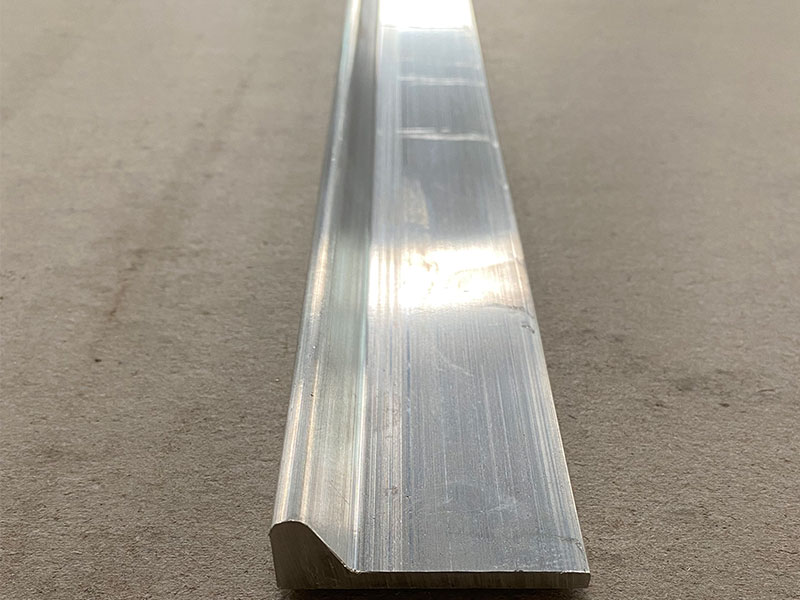
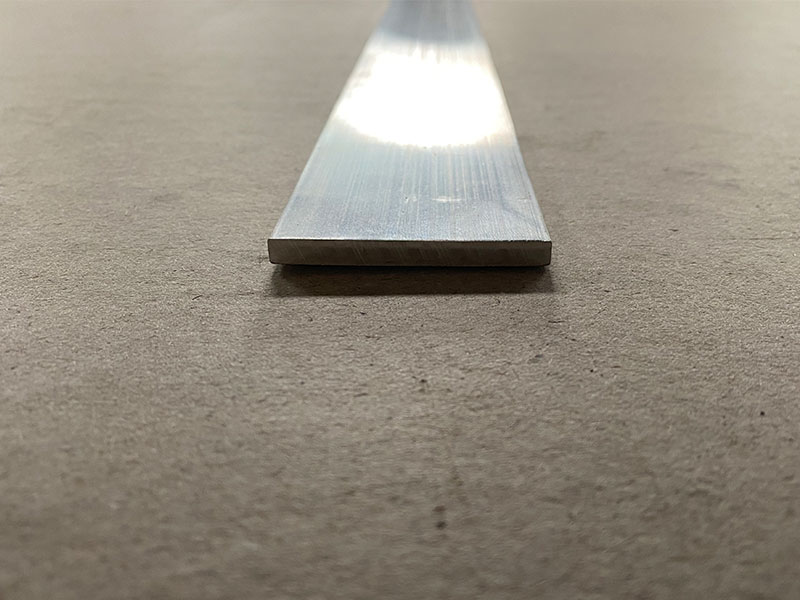
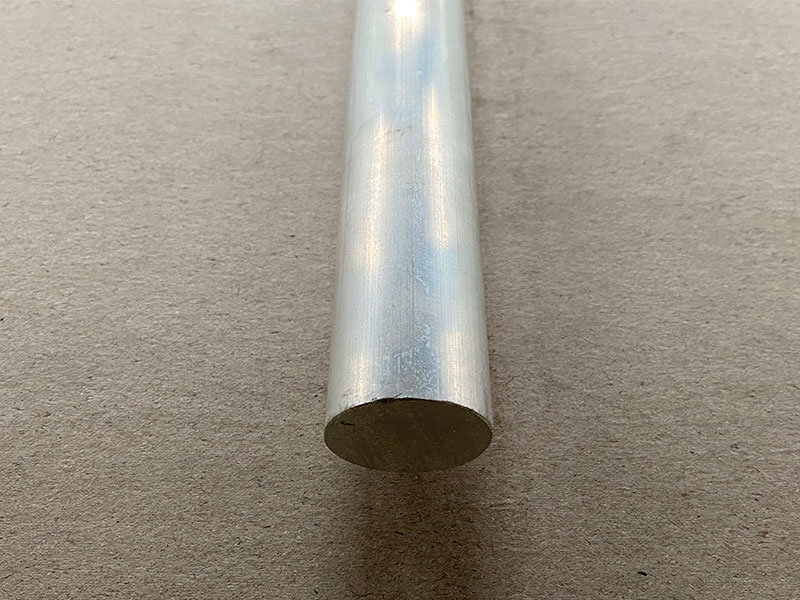
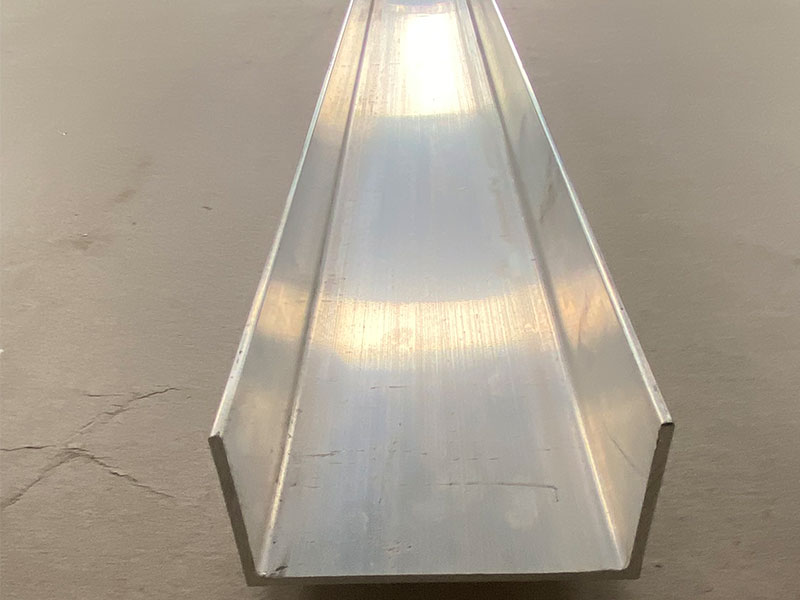

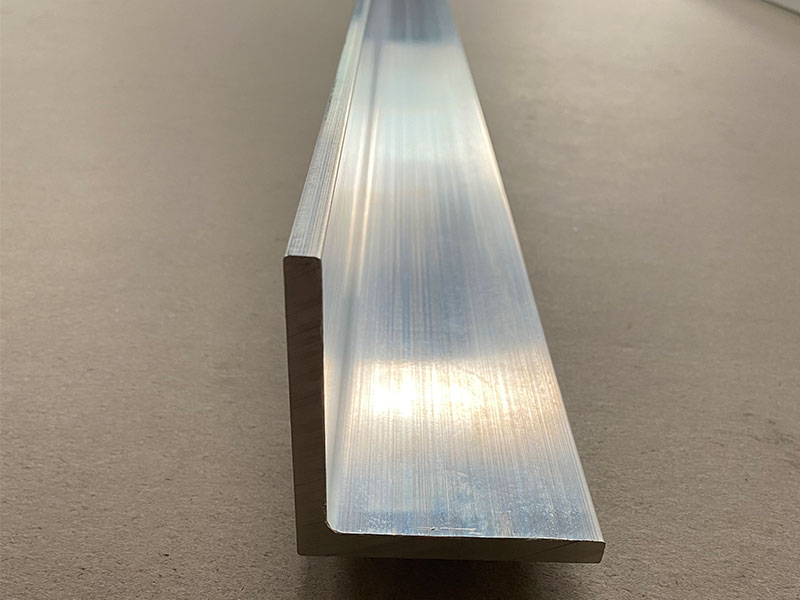






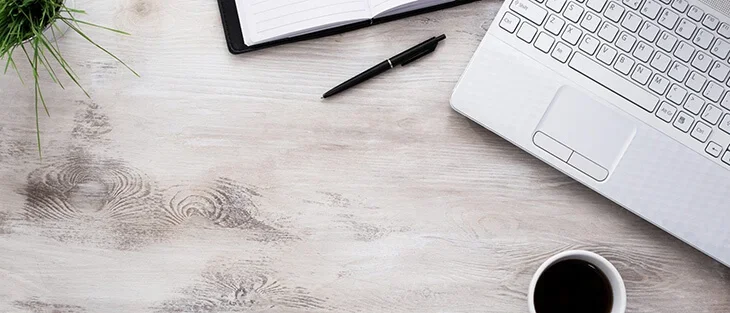
Leave a Message